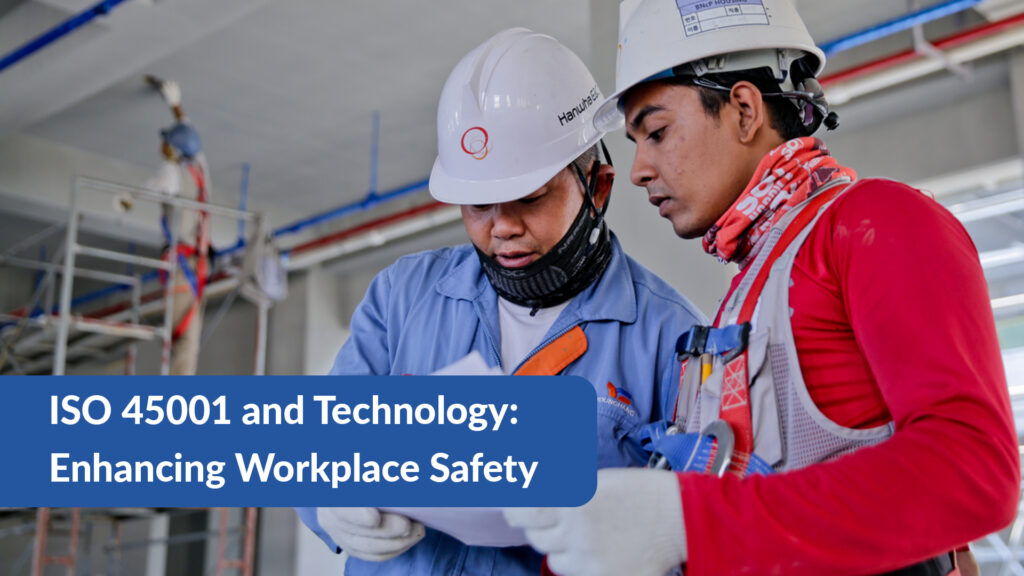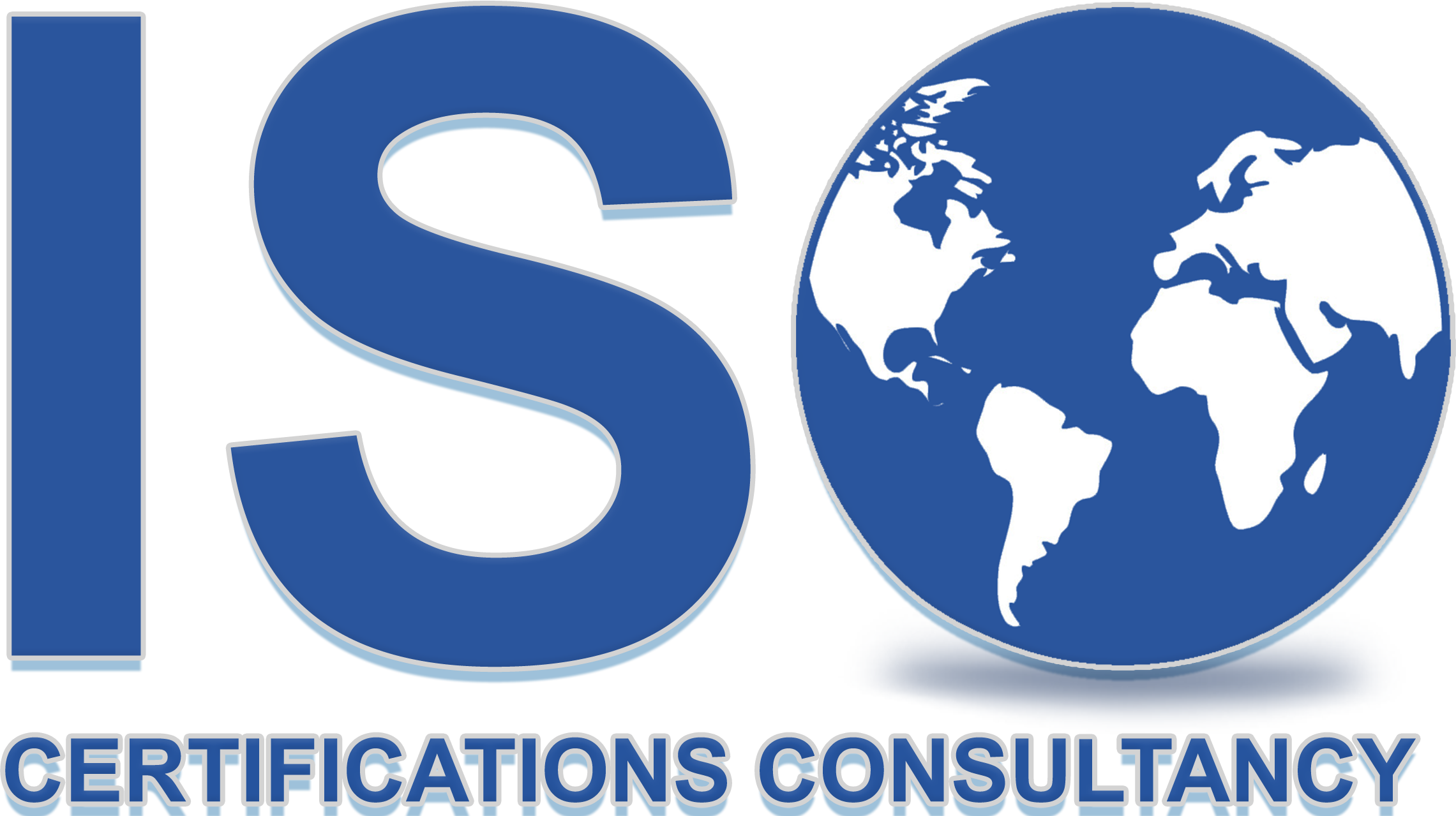
In the last few years, due to emerging technology such as Artificial Intelligence (AI), the Internet of Things (IoT), and wearable devices, it has had a positive impact on the occupational health and safety. ISO 45001 is a global standard that provides guidelines for businesses for occupational health and safety for their workers. This blog talks about how integrating ISO 45001 with advanced and emerging technologies. As it will greatly impact workplace safety and protection. Hence, improving employee efficiency and satisfaction.
Understanding ISO 45001 certification
ISO 45001 certification, introduced in 2018, is the world`s first global standard committed solely to occupational health and protection. It replaced the previous standards like OHSAS 18001 and gives a scientific technique to coping with workplace protection. The standard emphasizes management commitment, risk identification, worker participation, and non-stop development to foster a proactive protection culture. ISO 45001 calls for businesses to interact with senior management in protection control. Hence, making sure that protection is embedded in the centre of the organization’s operations. This technique not only complements protection but additionally contributes to sustainable business practices by decreasing incidents and enhancing operational efficiency.
The Role of AI in Workplace Safety
Artificial Intelligence (AI) performs an essential function in improving workplace protection by offering predictive analytics and real-time tracking. AI structures can examine records from diverse sources, such as IoT devices and wearable sensors, to discover potential risks beforehand. Before they become incidents. For instance, AI algorithms can expect system failure based on usage patterns and previous records, permitting maintenance department to intrude before the injuries and accidents occur. AI additionally helps compliance with ISO 45001 through facilitating protection audits and tracking employee adherence to protection protocols. This consists of monitoring employee locations, important signs and symptoms, and alerting them to environmental risks, which facilitates in minimizing legal dangers and promoting a culture of compliance.
The Impact of IoT on Workplace Safety
The Internet of Things (IoT) enhances AI through presenting real-time records from sensors and gadgets set up throughout the workplace. IoT devices can monitor environmental situations, discover harmful gases, and check system performance, allowing companies to take proactive measures to mitigate dangers. IoT sensors may be incorporated into wearable gadgets, along with smart helmets, that can discover head accidents or reveal environmental situations in unsafe environments like construction or mining. This integration permits for computerized signals and emergency responses, making sure timely help and preventing extreme consequences.
Wearable Devices in Workplace Safety
Wearable gadgets, frequently equipped with IoT sensors, have become increasingly critical in workplace protection. These gadgets can reveal an employee’s health metrics, discover potential dangers, and offer real-time feedback to the employees and the management. For example, smart vests can reveal a employee’s crucial signs and symptoms and alert them to potential health risks. Moreover, smart glasses can offer real-time protection instructions and risk alerts. The integration of wearable gadgets with AI and IoT complements the predictive capabilities of protection control structures. By analysing records from those devices, corporations can enforce targeted health programs, such as customized health plans and stress management workshops, to aid overall worker’s well-being.
Implementing ISO 45001 with Technology
Implementing ISO 45001 efficiently requires a centralized technology platform that may control all components of occupational health and protection. This platform should help incident reporting, hazard management, contractor management, and workforce training, amongst different features. Digital technology can streamline processes, decrease operational expenses, and increase performance by automating responsibilities including data collection, analysis, and reporting. For instance, AI-powered structures can automate protection audits, making sure compliance with ISO 45001 requirements while minimizing human errors. Moreover, technology can facilitate stakeholder engagement by offering real-time statistics to employees, contractors, and external parties about their roles and obligations throughout emergency situations. This guarantees a coordinated reaction and complements basic protection preparedness.
Benefits of Integrating ISO 45001 with Emerging Technologies
The integration of ISO 45001 with AI, IoT, and wearable gadgets offers several benefits such as:
- Enhanced Safety Culture: By leveraging technology, companies can foster a proactive safety culture that encourages employee participation and management commitment.
- Predictive Risk Management: AI and IoT allow companies to predict and mitigate risks earlier than they end up as incidents, reducing workplace accidents and injuries.
- Operational Efficiency: Automation and real-time monitoring streamline safety processes, reducing operational costs and improving productivity.
- Compliance and Regulatory Alignment: Technology ensures compliance with ISO 45001 requirements, simplifying auditing and recertification processes.
- Stakeholder Confidence: Implementing advanced safety technology improves stakeholder’s confidence, providing a competitive edge in the market.
Conclusion
The integration of ISO 45001 with advanced technology like AI, IoT, and wearable devices is a substantial step a company can take in occupational health and safety management. By leveraging such technologies, organizations can create safer work environment that observes global requirements and foster a culture of non-stop improvement and innovation. As technology is evolving, embracing these advancements can be vital for corporations trying to enhance workplace safety. Moreover, become competitive in the industry. For more information related to any ISO certification, visit our website.
